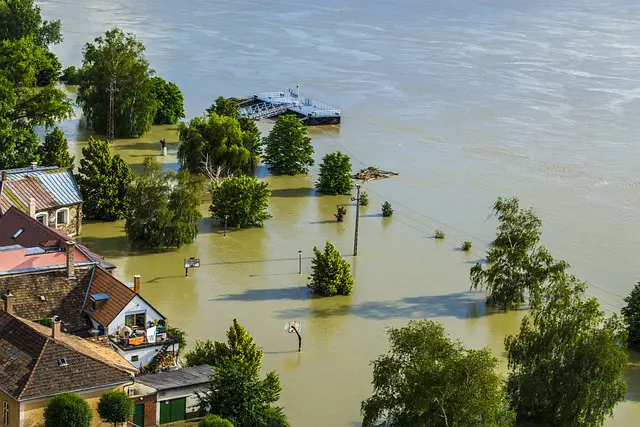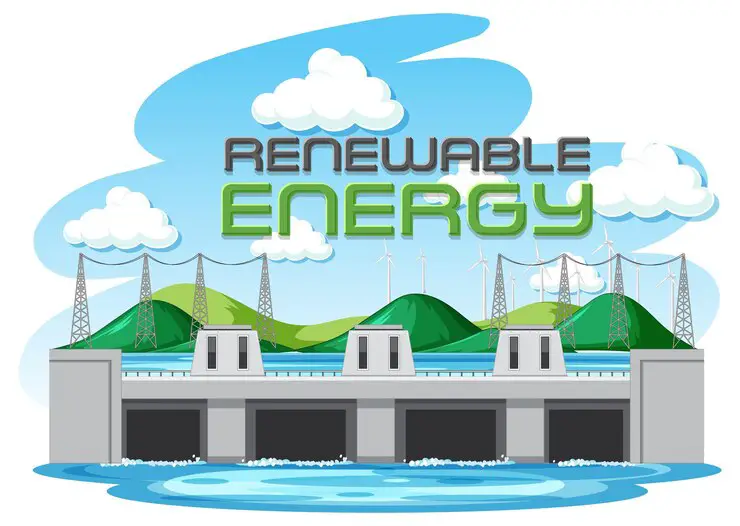Unraveling the Causes and Consequences of Sea Level Rise: Strategies for Resilience

As the Earth’s climate continues to change at an unprecedented rate, the specter of sea level rise looms large, posing significant threats to coastal communities, ecosystems, and economies worldwide. Understanding the complex interplay of factors driving sea level rise and its far-reaching consequences is crucial for developing effective strategies to combat this pressing challenge. By addressing the root causes and implementing adaptive measures, we can build resilience and safeguard the future of our coastal regions.


Page Contents
Unraveling the Causes and Consequences of Sea Level Rise: Strategies for Resilience
The Driving Forces Behind Sea Level Rise:
Sea level rise is primarily driven by two key factors: thermal expansion and the melting of land-based ice. The warming of the Earth’s atmosphere and oceans leads to thermal expansion, causing seawater to expand and occupy more space. This phenomenon accounts for a significant portion of observed sea level rise over the past century. Additionally, the melting of glaciers, ice caps, and ice sheets contributes to the influx of water into the oceans, further exacerbating sea level rise.
Human activities, particularly the burning of fossil fuels and the resulting increase in greenhouse gas emissions, are the primary drivers of global warming and, consequently, sea level rise. Deforestation, industrial activities, and land-use changes also play a role in exacerbating climate change and its impacts on the Earth’s systems.


The Impacts of Sea Level Rise:
The consequences of sea level rise are profound and wide-ranging, affecting coastal communities, ecosystems, infrastructure, and economies. Coastal erosion, inundation, and flooding pose significant risks to human lives, property, and critical infrastructure such as roads, buildings, and ports. Low-lying areas, including small island nations and densely populated coastal cities, are particularly vulnerable to the impacts of sea level rise, facing displacement, loss of livelihoods, and increased risks to health and safety.
Furthermore, sea level rise threatens coastal ecosystems, including mangroves, salt marshes, and coral reefs, which provide vital habitat for marine life, protect coastlines from erosion, and support local economies through tourism and fisheries. The loss of these ecosystems not only diminishes biodiversity but also undermines their capacity to provide essential ecosystem services such as carbon sequestration, water filtration, and storm surge protection.
Combatting Sea Level Rise: Strategies for Resilience:
Addressing the challenge of sea level rise requires a multifaceted approach that combines mitigation efforts to reduce greenhouse gas emissions with adaptation measures to enhance resilience and protect vulnerable communities and ecosystems. Mitigation strategies include transitioning to renewable energy sources, reducing carbon emissions from transportation and industry, and preserving and restoring natural carbon sinks such as forests and wetlands.
Adaptation measures focus on building resilience and minimizing the impacts of sea level rise through a combination of coastal defense strategies, land-use planning, and ecosystem-based approaches. Coastal defense measures such as seawalls, levees, and beach nourishment can help mitigate the impacts of sea level rise in the short term, but long-term solutions must prioritize nature-based solutions that work with natural processes to enhance coastal resilience.
Furthermore, land-use planning, zoning regulations, and building codes should incorporate projections of future sea level rise to minimize exposure to coastal hazards and prevent further development in high-risk areas. Sustainable coastal management practices, including the protection and restoration of natural buffers such as mangroves and dunes, can enhance coastal resilience and provide multiple benefits for both people and nature.
Conclusion:
Sea level rise represents a significant and growing threat to coastal communities, ecosystems, and economies worldwide. By addressing the root causes of climate change, implementing adaptive measures, and embracing nature-based solutions, we can build resilience and mitigate the impacts of sea level rise on our planet. The time for action is now, as the consequences of inaction are too severe to ignore. Together, we can work towards a sustainable future where coastal regions thrive in the face of a changing climate.







